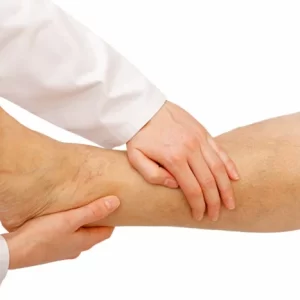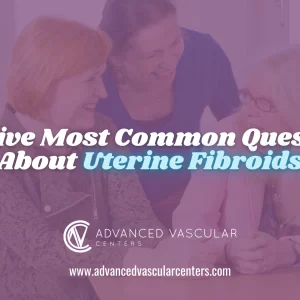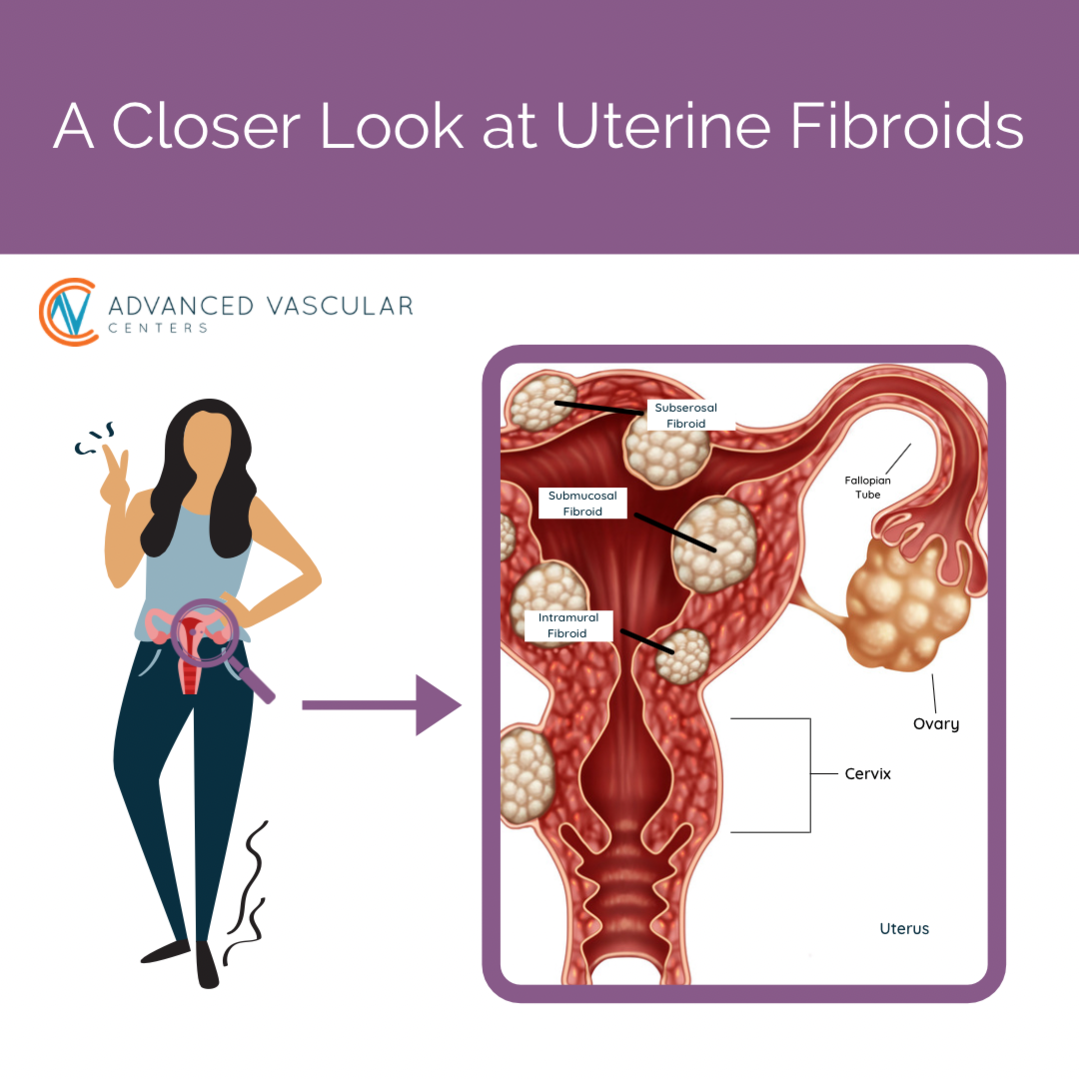PROSTATE ARTERY EMBOLIZATION (PAE)
Prostate Artery Embolization (PAE) is a minimally invasive procedure used to treat benign prostatic hyperplasia (BPH), also known as enlarged prostate. PAE involves the blocking of the arteries that supply blood to the prostate, leading to a reduction in the size of the prostate gland and improvement in urinary symptoms.
Contact AVC to see if you are a candidate for Prostate Artery Embolization (PAE).
Overview of Prostate Artery Embolization (PAE)
Prostate Artery Embolization (PAE) is a minimally invasive procedure used to treat BPH by reducing the blood flow to the prostate gland. During PAE, a catheter is inserted into the arteries that supply blood to the prostate, and small particles are injected to block the blood flow. This causes the prostate gland to shrink, relieving urinary symptoms.
Benefits of Prostate Artery Embolization (PAE)
PAE offers several advantages over traditional surgical treatments for BPH, such as transurethral resection of the prostate (TURP) or open prostatectomy, including:
-
- Minimally invasive: PAE is performed through a small incision in the groin or wrist, avoiding the need for open surgery.
- Preservation of sexual function: PAE is less likely to cause sexual dysfunction compared to surgical treatments for BPH.
- Shorter recovery time: Most patients can return to normal activities within a few days after PAE, compared to several weeks for surgery.
- Outpatient procedure: PAE is typically performed on an outpatient basis, allowing patients to go home the same day.
Postoperative Care
After PAE, most patients experience improvement in urinary symptoms within a few weeks. Follow-up appointments are scheduled to monitor the size of the prostate gland and evaluate symptom improvement. Most patients can return to normal activities within a week of the procedure.
Patient Selection
Not all patients with BPH are candidates for PAE. Patient selection is based on various factors, including the size and shape of the prostate gland, the severity of symptoms, and the patient’s overall health. Patients with certain medical conditions, such as prostate cancer or severe urinary retention, may not be eligible for PAE.
Effectiveness of PAE
PAE has been shown to be highly effective in treating BPH and improving urinary symptoms. Studies have shown that the majority of patients experience significant improvement in symptoms such as frequent urination, urgency, and weak stream after PAE. The long-term effectiveness of PAE is also well-documented, with many patients experiencing lasting symptom relief.
Prostate Artery Embolization (PAE) is a safe and effective treatment option for men with benign prostatic hyperplasia (BPH). The procedure offers several advantages over traditional surgical treatments, including a shorter recovery time, preservation of sexual function, and minimally invasive approach. With its high success rate and low risk of complications, PAE has become a widely used and accepted treatment for BPH.
The Prostate Artery Embolization (PAE) Procedure
The PAE procedure is performed by an interventional radiologist and involves the following steps:
-
- Pre-procedure evaluation: Before the procedure, the patient undergoes imaging studies, such as MRI or CT scan, to map the blood vessels supplying the prostate.
- Anesthesia: The patient is given local anesthesia to numb the incision site and a mild sedative to help relax.
- Catheter insertion: A catheter is inserted into the artery that supplies blood to the prostate gland.
- Embolization: Small particles are injected into the artery to block blood flow to the prostate gland, causing it to shrink.
- Post-procedure recovery: After the procedure, the patient is monitored for a few hours and may be discharged the same day or the following day.
Risks and Complications
While PAE is considered safe, there are some risks and complications associated with the procedure, including:
- Infection: There is a small risk of infection at the incision site or in the prostate gland.
- Urinary retention: Some patients may experience temporary difficulty urinating after PAE.
- Sexual dysfunction: In rare cases, PAE may cause erectile dysfunction or ejaculatory dysfunction.
- Post-embolization syndrome: Some patients may experience flu-like symptoms, such as fever, chills, and body aches, after PAE.

APPOINTMENT REQUEST
FAQS
Who is a candidate for PAE?
Candidates for PAE are typically men with symptomatic BPH who have not responded to conservative treatments such as medication. A thorough evaluation by a healthcare provider is necessary to determine eligibility.
How is PAE performed?
PAE is performed by an interventional radiologist. During the procedure, a catheter is inserted into the artery that supplies blood to the prostate, and small particles are injected to block the blood flow. This causes the prostate gland to shrink, relieving urinary symptoms.
How long does it take to recover from PAE?
Most patients can resume normal activities within a week of PAE. Follow-up appointments are scheduled to monitor the size of the prostate gland and evaluate symptom improvement.
How effective is PAE in treating BPH?
PAE has been shown to be highly effective in treating BPH and improving urinary symptoms. The majority of patients experience significant improvement in symptoms after PAE.
Can PAE be used in combination with other treatments?
Yes, PAE can be used in combination with other treatments, such as medication or transurethral resection of the prostate (TURP), to treat BPH. Your healthcare provider will determine the most appropriate treatment plan based on your individual condition.
Are there any lifestyle changes I need to make after PAE?
While no specific lifestyle changes are required after PAE, maintaining a healthy lifestyle, including regular exercise and a balanced diet, can help improve overall health and prevent the recurrence of BPH symptoms.




